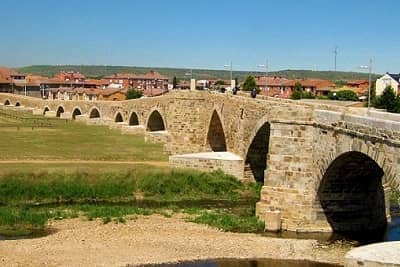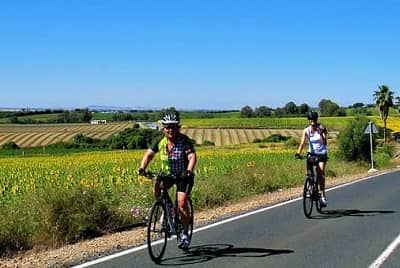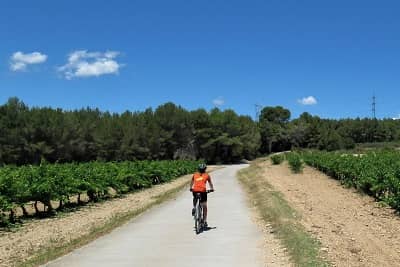Taking Bikes on Trains in Spain
On our cycle tours cyclists often like to bring their own bike for comfort.
We hope you find this article helpful for organising the best way of transporting your bike to the starting point of a tour, and you can also use it as reference if you would like to cycle around Spain by yourself.
This guide explains the policies of the different train operators in Spain; explaining the restrictions on taking a bike on a train. In general all trains allow bikes if they are packed away in a small enough bag, but you are only allowed to wheel your bike onto certain trains. We make every effort to keep this guide up to date, but it is for information purposes only. We advise you to contact the train operator beforehand to confirm the current situation regarding taking bicycles on trains.
Last Updated May 2021
You can take bicycles on all of the Cercanías network and you do not need a ticket in advance. Renfe does say that they must not disturb other passengers, so if the train is full then you may not be allowed on. However, most Cercanías trains run regularly throughout the day, so in the rare event that it was completely full you would just have to wait a short time until the next one.
Some trains have special sections for the bicycles, but on most you can stand with them by the doors on the opposite side to the platforms.
Rodalies is the largest of Spain's local train networks and basically connects Barcelona with the entire region of Catalonia, making it a great service for cyclists wishing to go to the Catalan Pyrenees or Girona.
You can wheel bicycles onto theese trains and they usually do not require a special ticket in advance, although it is usually a good idea to ask for one as you will then have priority for any bike racks on the train itself. There is a section at the front of the train where you can store the bikes and, if this is full, most guards are happy for you to keep the bikes by the doors.
If the train is very crowded then bikes can be refused access. This is very uncommon in most areas; however, there are a few trains where this can be problematic. Notably those running from Huesca into the Pyrenees - which are usually single carriage and very popular.
The ticket is free for distances of up to 100km and costs €3 for journeys of greater than 100km.
Most media distancia trains have space for three bikes and it is rare for these to be full. If it is full, or you don't have a ticket for your bike, it is up to the discretion of the guard if he will let you and the bike onboard. Most will turn a blind eye, but you may have to stand by your bike for the length of the journey.
It is possible to take a bike as luggage on these trains - if it is secured in a box or bike bag you should have no problem getting it on as this is treated as a normal piece of luggage. However, the bike bag or box must not exceed the following dimensions: 120cm x 90cm x 40cm
These high speed trains are often quite narrow and are designed almost like an aircraft in their layout, so their simply isn't the room to store bikes currently.
The official policy on FEVE trains is the same as on Media Distancia. Bikes are free for journeys up to 100km, but it is necessary to buy a €3 ticket for longer trips. Unlike Media Distancia, there is usually a lot of room on these trains to carry bikes.
Before becoming part of Renfe, bikes were freely allowed on all trains and you will generally find the train inspectors a lot more sympathetic to cyclists in these regions, even if you do not have the correct ticket or if the train is very busy. The northern part of Spain from The Basque Country to the Asturias Region is, after all, the most cycling crazy part of the country.
It is possible to take bikes on all of these trains without getting a ticket in advance. There is an area, usually at both ends or the middle of the train, to secure your bike. Depending on the train, they can hold between two and six bikes. However, these trains are rarely busy and there is not usually a problem to hold your bike in another part of the train if the official sections are full.
You can take bicycles on most of these trains (the exception being during rush hours) and there are dedicated spaces at the front of the train to store the bikes. You do not need a special ticket to take your bike on these trains. In August you can take your bike on any train, with the exception of those running between Manacor and Palma between 7am and 8am.
Bikes can be taken on these trains without restrictions, subject to their being enough space on board.
If you are booked on one our cycle tours and would like us to assist you in the booking of train tickets, please do not hesitate to contact us.
This guide explains the policies of the different train operators in Spain; explaining the restrictions on taking a bike on a train. In general all trains allow bikes if they are packed away in a small enough bag, but you are only allowed to wheel your bike onto certain trains. We make every effort to keep this guide up to date, but it is for information purposes only. We advise you to contact the train operator beforehand to confirm the current situation regarding taking bicycles on trains.
Last Updated May 2021
Renfe
Renfe is the largest train operator in Spain. They run local (Cercanías), regional (regional), medium distance (media distancia), high speed and sleeper trains. Each of these have a different bike policy which it is important to know about when planning your trip.Cercanías
Most large cities in Spain have a local train network covering a radius of up to 100km from the city centre. Often referred to as commuter trains, there are currently ercanías networks around Bilbao, Cádiz, Madrid, Malaga, Murcia, Santander, San Sebastián, Seville, Valencia, Zaragoza and also one running around Gijon and Oviedo in Asturias.You can take bicycles on all of the Cercanías network and you do not need a ticket in advance. Renfe does say that they must not disturb other passengers, so if the train is full then you may not be allowed on. However, most Cercanías trains run regularly throughout the day, so in the rare event that it was completely full you would just have to wait a short time until the next one.
Some trains have special sections for the bicycles, but on most you can stand with them by the doors on the opposite side to the platforms.
Rodalies
Rodalies is basically the same service as Cercanías, but it operates only in Catalonia. As on Cercanías trains, bikes can be taken on board without restriction - subject to space.Rodalies is the largest of Spain's local train networks and basically connects Barcelona with the entire region of Catalonia, making it a great service for cyclists wishing to go to the Catalan Pyrenees or Girona.
Regional & Regional Expréss
Regional trains operate throughout Spain, with Regional Expreacaute;ss operating only in the east of the country. They cover longer distances than the Cercanías trains, but tend to stop at most smaller stations, making the journeys very slow over long distances.You can wheel bicycles onto theese trains and they usually do not require a special ticket in advance, although it is usually a good idea to ask for one as you will then have priority for any bike racks on the train itself. There is a section at the front of the train where you can store the bikes and, if this is full, most guards are happy for you to keep the bikes by the doors.
If the train is very crowded then bikes can be refused access. This is very uncommon in most areas; however, there are a few trains where this can be problematic. Notably those running from Huesca into the Pyrenees - which are usually single carriage and very popular.
Media Distancia
Media Distancia are probabaly the most useful trains for cyclists as they cover relatively long distances. They are quick, often stopping only at major stations, and do allow bikes onboard outside of a bag or case. It is, however, necessary to obtain a special ticket for your bike which you can do at the station.The ticket is free for distances of up to 100km and costs €3 for journeys of greater than 100km.
Most media distancia trains have space for three bikes and it is rare for these to be full. If it is full, or you don't have a ticket for your bike, it is up to the discretion of the guard if he will let you and the bike onboard. Most will turn a blind eye, but you may have to stand by your bike for the length of the journey.
High Speed Trains
Renfe operate several fast trains (AVE, Alivia, Intercity) which do not allow bikes to be wheeled onboard. These trains generally operate between cities and are common all over Spain, travelling often in excess of 200km/h.It is possible to take a bike as luggage on these trains - if it is secured in a box or bike bag you should have no problem getting it on as this is treated as a normal piece of luggage. However, the bike bag or box must not exceed the following dimensions: 120cm x 90cm x 40cm
These high speed trains are often quite narrow and are designed almost like an aircraft in their layout, so their simply isn't the room to store bikes currently.
Sleeper Trains
There are a few sleeper trains covering long distances both inside Spain and to the rest of Europe - most commonly called either Trenhotel or Euromed. It is possible to take tour bike on these trains, but you have to book a whole compartment which can be expensive if there are only one or two of you travelling. You then just store the bikes in your compartment.FEVE
FEVE used to be an indpendent company that has recently been taken over by Renfe. They run trains in the north of Spain with destinations including Bilbao, Santander, Oviedo, Leon and Gijon and generally operate similar to Regional and Media Distancia trains.The official policy on FEVE trains is the same as on Media Distancia. Bikes are free for journeys up to 100km, but it is necessary to buy a €3 ticket for longer trips. Unlike Media Distancia, there is usually a lot of room on these trains to carry bikes.
Before becoming part of Renfe, bikes were freely allowed on all trains and you will generally find the train inspectors a lot more sympathetic to cyclists in these regions, even if you do not have the correct ticket or if the train is very busy. The northern part of Spain from The Basque Country to the Asturias Region is, after all, the most cycling crazy part of the country.
Euskotren
Euskotren operate in the Basque country with regular trains going throughout the region.It is possible to take bikes on all of these trains without getting a ticket in advance. There is an area, usually at both ends or the middle of the train, to secure your bike. Depending on the train, they can hold between two and six bikes. However, these trains are rarely busy and there is not usually a problem to hold your bike in another part of the train if the official sections are full.
Transport Mallorca (TIB)
Transport Mallorca has one train line running out of Palma towards the centre of the island.You can take bicycles on most of these trains (the exception being during rush hours) and there are dedicated spaces at the front of the train to store the bikes. You do not need a special ticket to take your bike on these trains. In August you can take your bike on any train, with the exception of those running between Manacor and Palma between 7am and 8am.
TRAM - FGV Alicante
TRAM is a regional network operated by FGV around the city of Alicante and the Costa Blanca.Bikes can be taken on these trains without restrictions, subject to their being enough space on board.
City Metro Systems
Some large Spanish cities also have metro systems which you can take your bike on, although there are often time restrictions (e.g. not during the rush hour). There are normally carriages with extra space at both ends of the train which are designed to store bicycles and wheelchairs.Madrid Metro
Madrid Metro allows bikes at weekends and public holidays. On weekdays they are allowed except during the following times: 7.30-9.30, 14.00-16.00 and 18.00-20.00.Barcelona Metro
Barcelona metro allows bikes at any times during weekends and public holidays. On weekdays they are allowed only during the following times: 5-7h, 9.30-17h and after 20.30h.Valencia Metro
Valencia Metro allows bikes on overground trams at all times and underground trains only on saturdays, sundays and public holidays. Bikes are never allowed during the festivals of Fallas and San Juan. However, they are allowed in a bag or folded on any train at any time.Seville Metro
Seville Metro is a new system and only has a few lines but allow bikes on all the trains except during rush hours on working days (7.30-9.30 and 12.30-15.30). Only two bikes are allowed per trains at the following stations: Ciudad Expo, San Juan Bajo, Pablo de Olavide, Condequinto and Olivar de Quintos.Palma Metro
Palma Metro has recently adapted the metro system to accept bikes. Like other cities, the only restrictions are during rush hours.Bilbao Metro
Subject to space, bikes are allowed on Bilbao's metro system without restrictions.Other Local Services
Several other Spanish cities have tram networks that you may be able to put your bike on depending on how busy the tram is. However, many cities have a good network of cycle lanes and it can be quicker and easier just to cycle around them and save the tram for when you have left the bike at your hotel.If you are booked on one our cycle tours and would like us to assist you in the booking of train tickets, please do not hesitate to contact us.
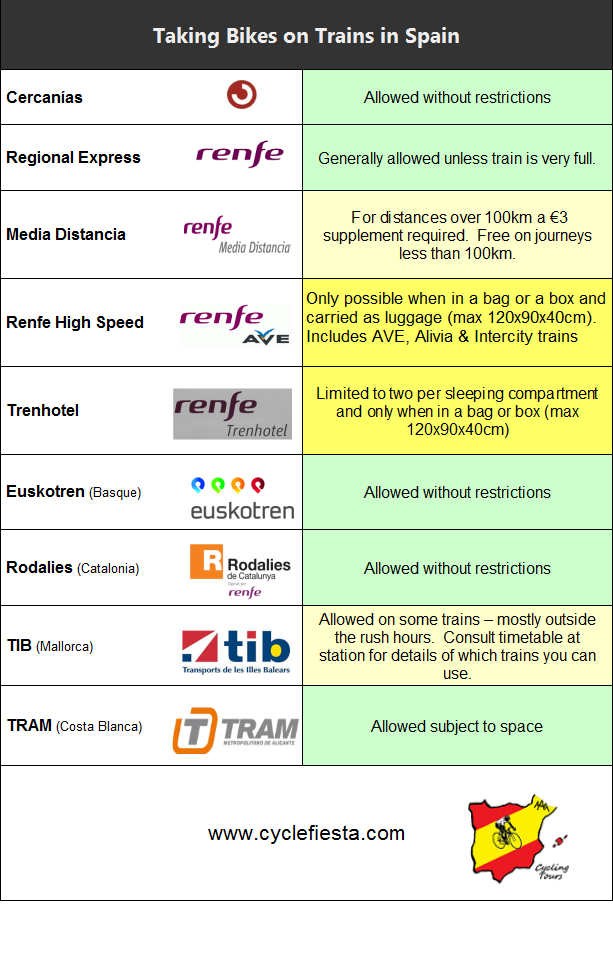
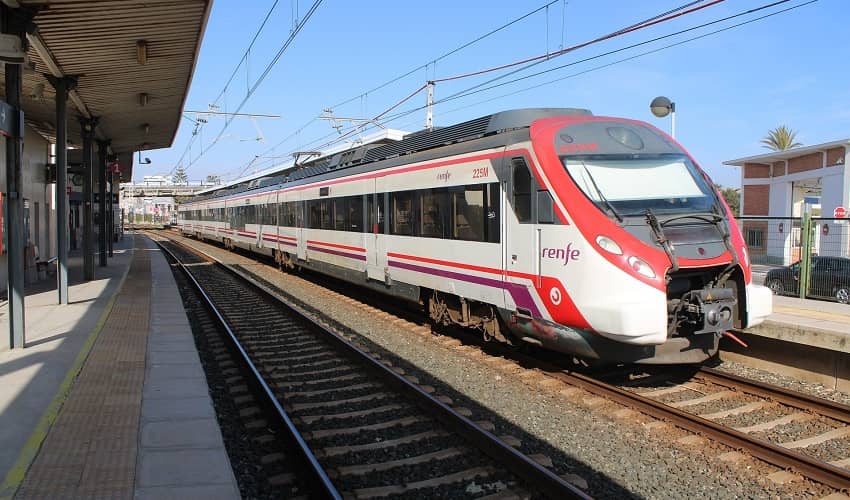
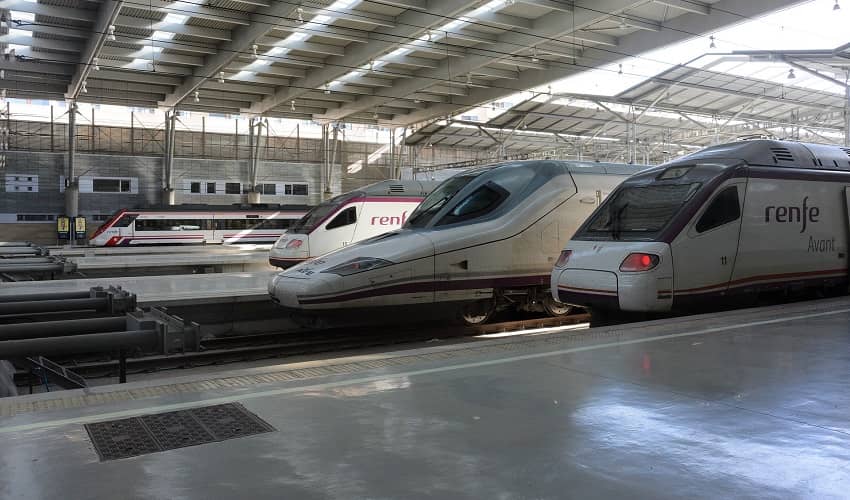
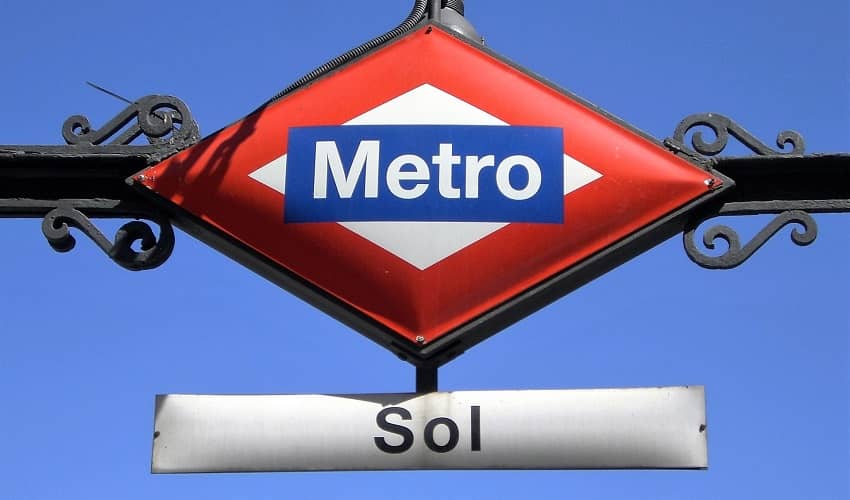
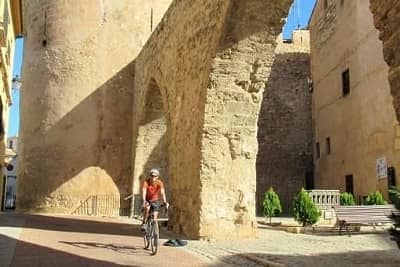
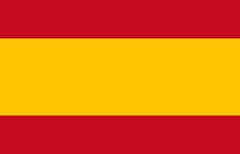 Spain
Spain
